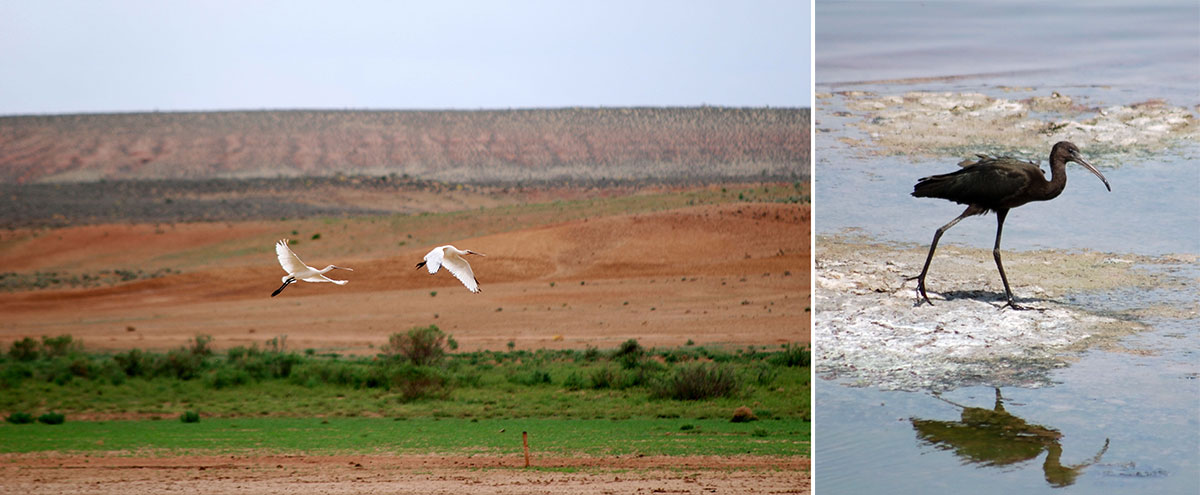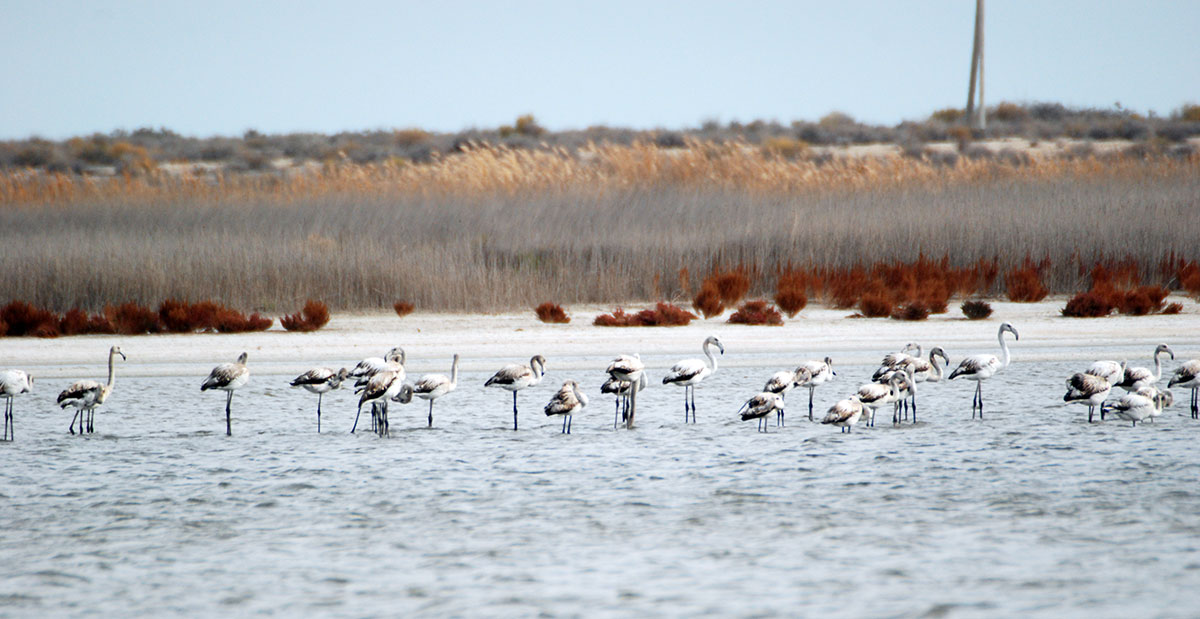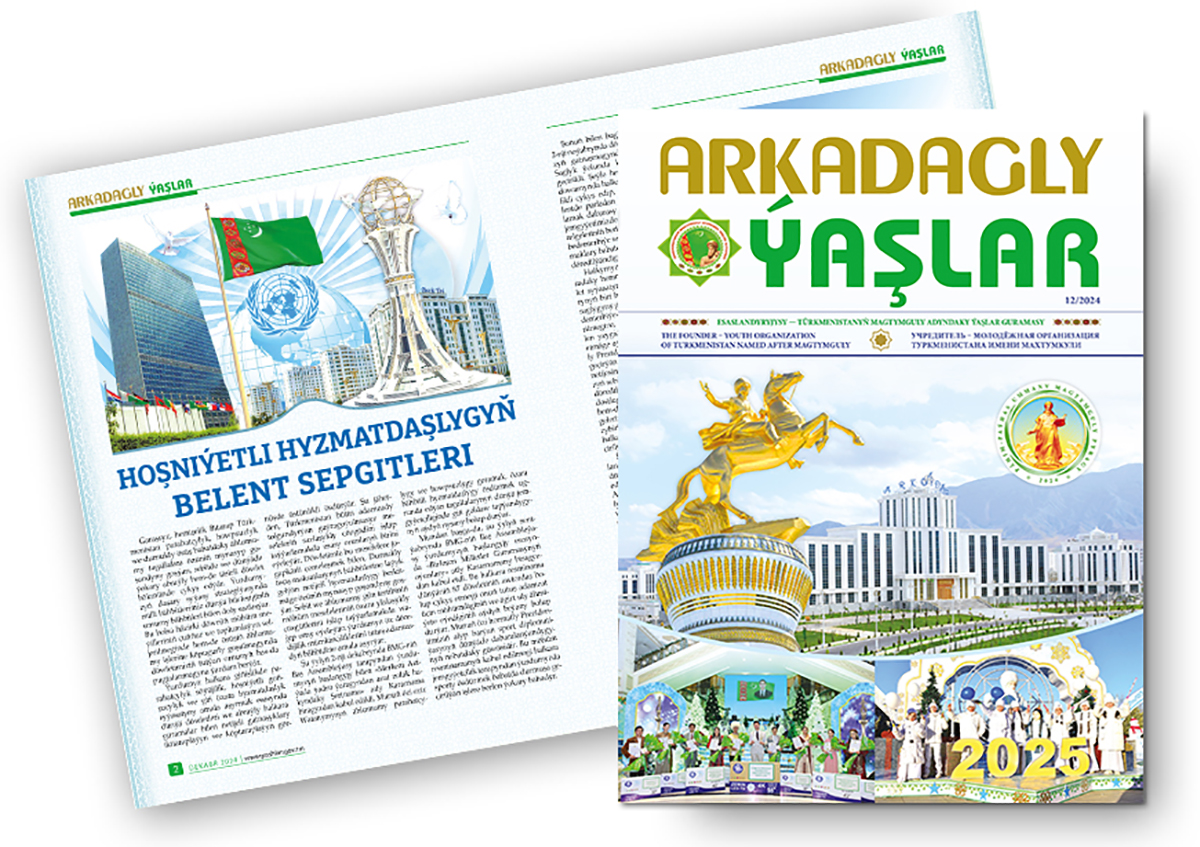The Ramsar Convention Secretariat hosted a webinar (online) for all Focal Points in countries that are Parties to the Convention on wetland conservation. About the results of the online webinar, the member of the Coordinating Committee of the Ramsar Regional Initiative of Central Asia, Professor E.A. Rustamov says:
– Let me remind our readers that the Ramsar Convention was signed by 18 countries at the International Meeting in Ramsar (Iran), on the southern coast of the Caspian Sea, on February 2, 1971. Currently, 172 countries are parties to the Convention. Initially, the Convention was called the “Convention for the Protection of Wetlands of International Importance, Principally as Habitat for Waterfowl” and its contents focused on the protection of waterbirds through the establishment of a network of protected areas. However, over time, the task of integrated protection of wetland habitats came to the fore. The Convention, having expanded its scope, covered all aspects of the protection and rational use of wetlands (WBUs), recognizing them as ecosystems of exceptional importance for the conservation of all biodiversity and for human well-being.
The current name of the convention is comprehensive - “Convention on Wetlands” (Convention on Wetlands). It is the first of the modern global intergovernmental agreements in the field of protection and sustainable use of natural resources. The Convention entered into force in December 1975. Now there are almost 2,435 Ramsar sites with a total area of more than 254,685,425 hectares on the Ramsar List of wetlands of international importance. In the countries of Central Asia, there are 21 such lands so far, of which in Kazakhstan - 10 (3,188,557 ha), Kyrgyzstan - 3 (679,408 ha), Tajikistan - 5 (94,600 ha), Turkmenistan - 2 (281,334 ha) and Uzbekistan - 2 (558,400 ha). ).
This year's webinar focused on recognizing the vital importance of wetlands in reducing the negative impacts of climate change. Wetlands create a microclimate and allow plants, animals and humans to experience hot conditions. The wetland network is a historical framework of areas - which serve as resting places for a huge number of migratory waterbirds.
In Turkmenistan, such important water bodies where birds stop during autumn and spring migrations, as well as winter every year or in warm winters, are the coast of the Caspian Sea, the system of lakes along the Amudarya valley and along the Karakum river. By the way, on the eve of the Day of the Wetlands, annual international surveys of wintering waterfowl were held in Turkmenistan in January. These counts were carried out by the forces of the Khazar, Kaplankyr and Amudarya nature reserves on the instructions of the Ministry of Agriculture and Environmental Protection of Turkmenistan. The surveys cover wetlands along the entire coast of the Turkmen sector of the Caspian Sea, lakes Altyn Asyr, Sarykamysh, Uzynshor, Seidi, Sultandag, Khanhovuz and the Zeyit reservoir named after. 15th anniversary of Independence of Turkmenistan.
At present, it is proposed to pay special attention to the maintenance of water bodies in urban landscapes. The trend to include urban reservoirs in the Ramsar list of wetlands continues, and here, as well as possible, Turkmenistan demonstrates its example. The country has already prepared a nomination for the Ramsar list of wetlands of the Ashgabat lake Altynkol.
The importance of water from year to year only increases. Therefore, the importance of the activities and cooperation of efforts of different countries in the framework of the implementation of the Ramsar Convention is increasing. In the structure of the Ramsar Convention, since 2005, at different times, so-called. Ramsar Regional Initiatives that support cooperation and capacity building on wetland issues in specific regions. Since 2016, there has been a Ramsar Regional Initiative for Central Asia (RRI-CA). It is designed to promote cooperation and understanding between governments, technical experts, international non-governmental organizations, local communities (communities) and private companies.








